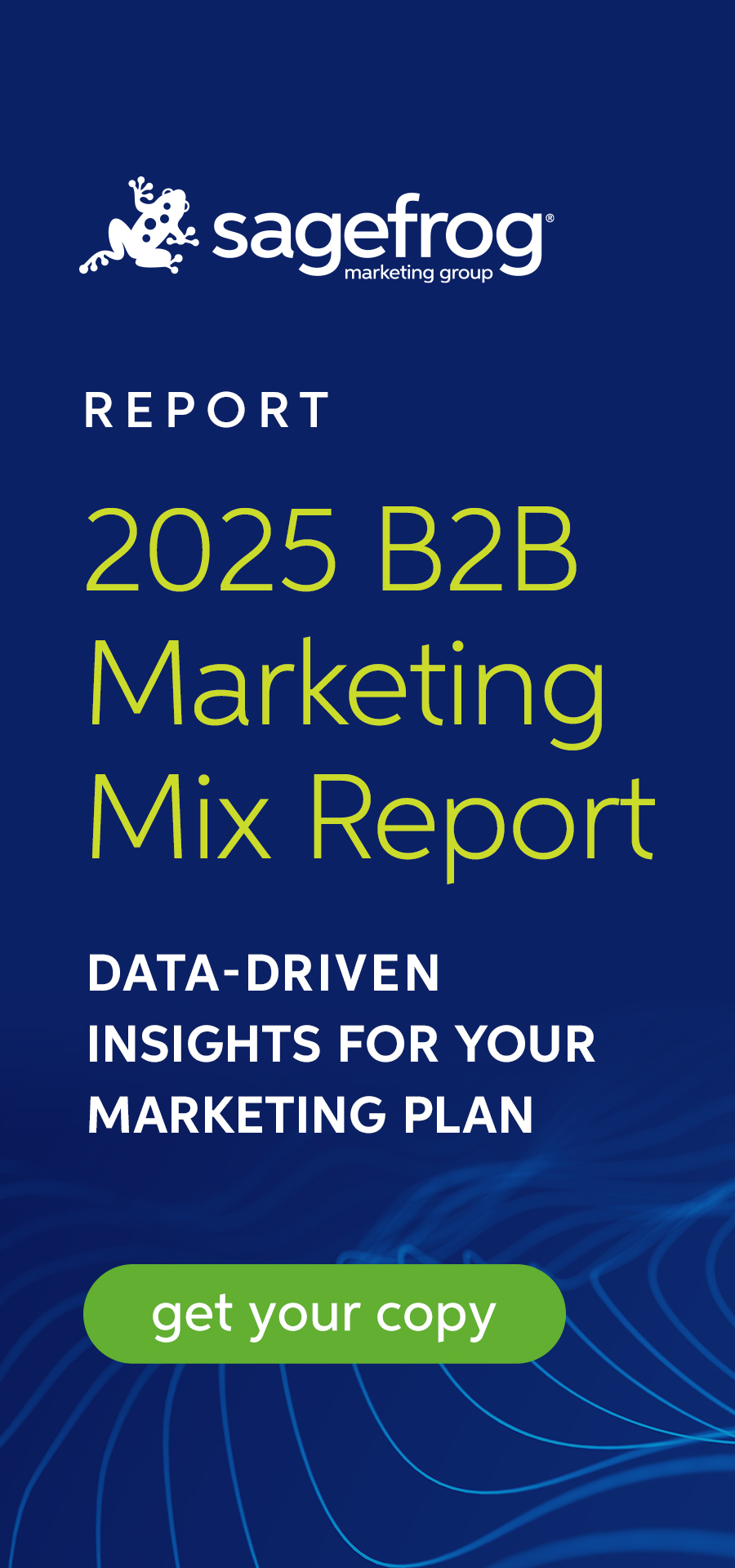Customers trust referrals more than ads. But you probably already know that. What you might not know, however, is that a whopping 91% of B2B buyers’ decisions are influenced by word-of-mouth. So why haven’t you built out your B2B referral marketing program yet? If you’re like most B2B marketers, it’s because you know referral marketing isn’t easy! Its success hinges on your relationships with current customers, who can be tricky to ask for favors.
But if you’re willing to take the risk, referral marketing can transform how you grow your company.
Word-of-Mouth Marketing vs. Referral Marketing
Before we dive into how it works, let’s take a moment for a quick refresher on word-of-mouth marketing vs. referral marketing.
Word-of-Mouth Marketing
Word-of-mouth marketing (WOM marketing or WOMM) involves using existing customers to advocate for and advertise your company. Word-of-mouth marketing is an organic process, meaning there are no incentives involved.
Referral Marketing
Referral marketing, on the other hand, introduces an incentive to the WOMM process to encourage more repeatable outcomes. Existing customers promote or recommend your products and services to prospects or leads through a formalized process to help your company grow. When their recommendation leads to a sale, customers are rewarded with an attractive incentive.
How Does B2B Referral Marketing Work?
B2B referral marketing programs usually involve a dedicated referral page which features a form customers can use to input their peers’ information and automatically refer them to your company. The referral page uses tracking (via automated referral marketing software or manually tracked spreadsheets) to monitor and collect data on any actions made as part of your referral program. Think: customer sign-ups, the number of sales from referrals, referral sharing rates, and more.
Creating Your Referral Marketing Strategy
The complex B2B sales process means you should be careful about how you build your referral marketing strategy and company processes surrounding it. To get started, ensure that you have personalized company differentiators you can present to potential prospects for your referral program. You want to make it as simple as possible for your prospects to understand why (and how) they should participate in the program.
Having strong relationships with current customers is also important, as they open up more opportunities when people within your network leave their companies for new opportunities. If your previous relationship was mutually beneficial for both parties, your contact may even recommend your products or services to their new company. Don’t take this opportunity lightly, or you could lose out on a great way to grow your business for next to nothing.
The NPS Survey
One helpful way to gauge a customer’s likelihood of recommending your products or services to others is by distributing an NPS (or a Net Promoter Score®) survey. An NPS survey is an especially useful tool because it only consists of one single question, which makes it easier to increase the number of responses you receive. All it asks is how likely your customers would be to refer your company to others.
It may sound too good to be true, but it really is that simple. Just this question alone can provide a wealth of insight into what your company is doing that’s working and what isn’t. To develop your B2B referral marketing strategy, start by tapping the customers who said they would be highly likely to promote or refer your company to others.
Why You Need a B2B Referral Marketing Program
- Customers trust referrals more than ads.
Everyone is influenced by recommendations from their network to some degree. Whether you want to believe it or not, we all trust family and friends more than ads. Your customers are just like you, so they’ll place more emphasis on referrals too. - It can help you improve your marketing reach.
Referral marketing automatically increases your company’s outreach because your customers are promoting you. Referrals can be made easily anytime, anywhere, and often reach a more diverse prospect base than you could reach with your sales and marketing teams alone. - It increases customer retention.
When customers are referred by other happy customers, it increases the likelihood that they’ll be happy and stick around, too. In fact, according to Deloitte, customers acquired through a referral program have a 37% higher retention rate than those acquired through other marketing channels. They also spend 200% more than average customers. - It offers great ROI.
Sure, the incentives you offer to advocates in your referral program come at a cost. But when you consider that referred customers generate more revenue than the average customer, it’s easy to see that B2B referral marketing offers fantastic ROI compared to other tactics.
Ready to Get Started with Your B2B Referral Marketing Program?
With these five powerful reasons, it should be clear that now is the time to get started with your B2B referral marketing program. If you don’t, you’ll miss out on one of the best (and most cost-effective) ways you could be driving growth for your company.
Need help getting started with your referral marketing program, developing, or refreshing your brand identity, or another area of marketing? Sagefrog can help. Let’s talk!


